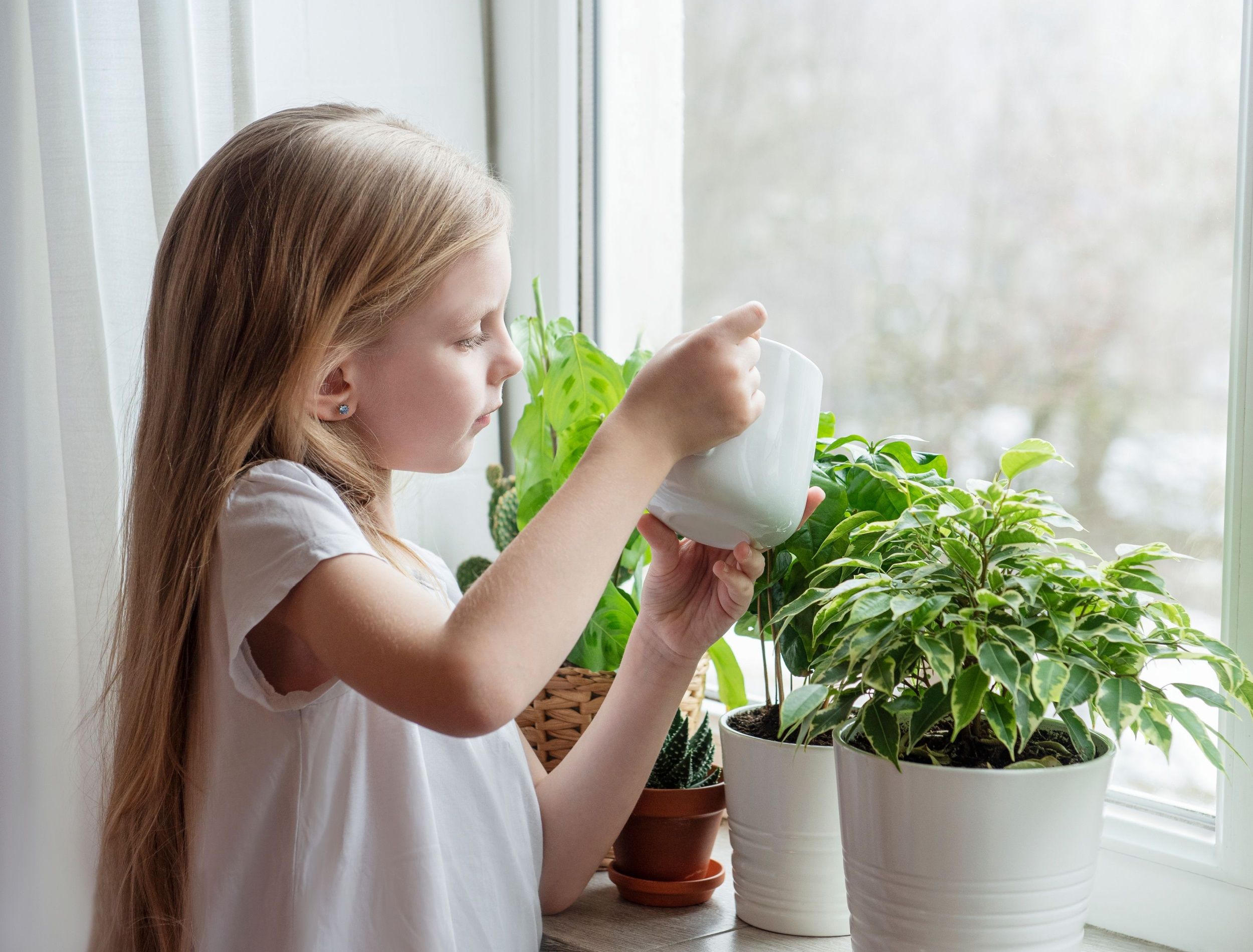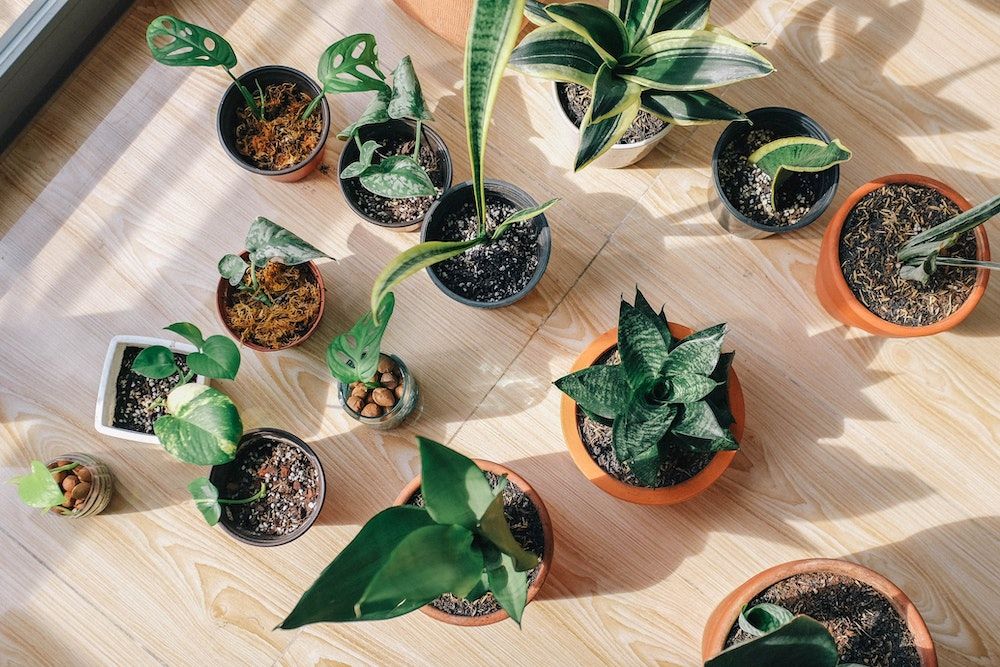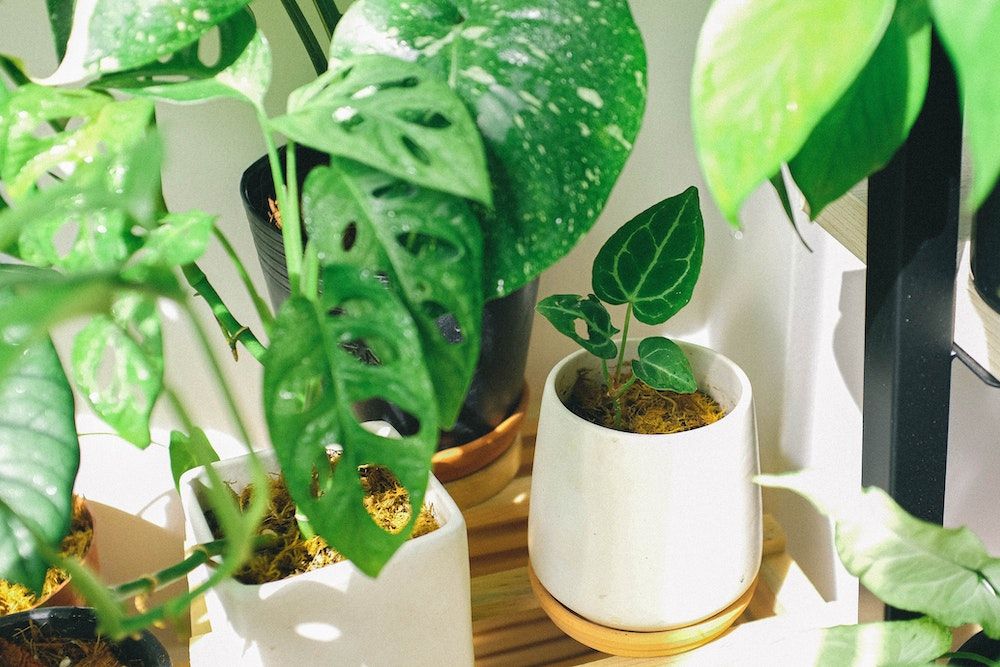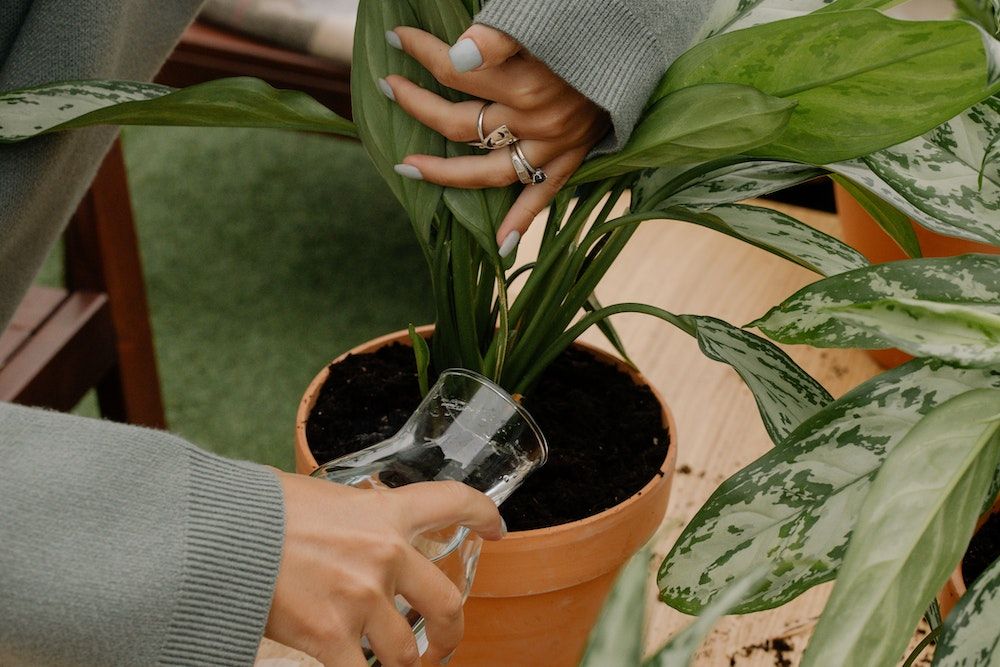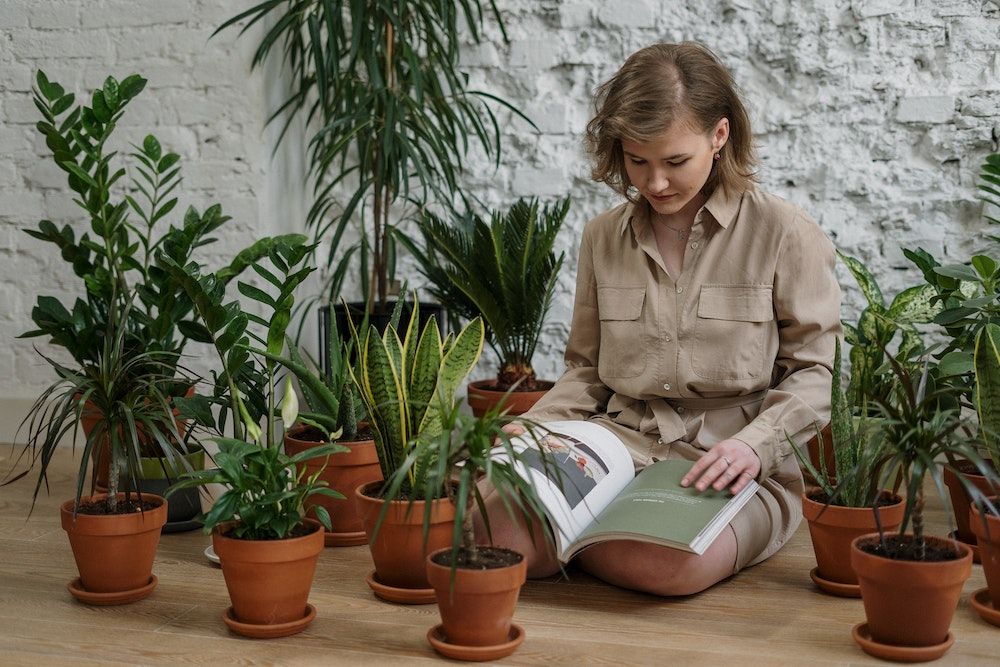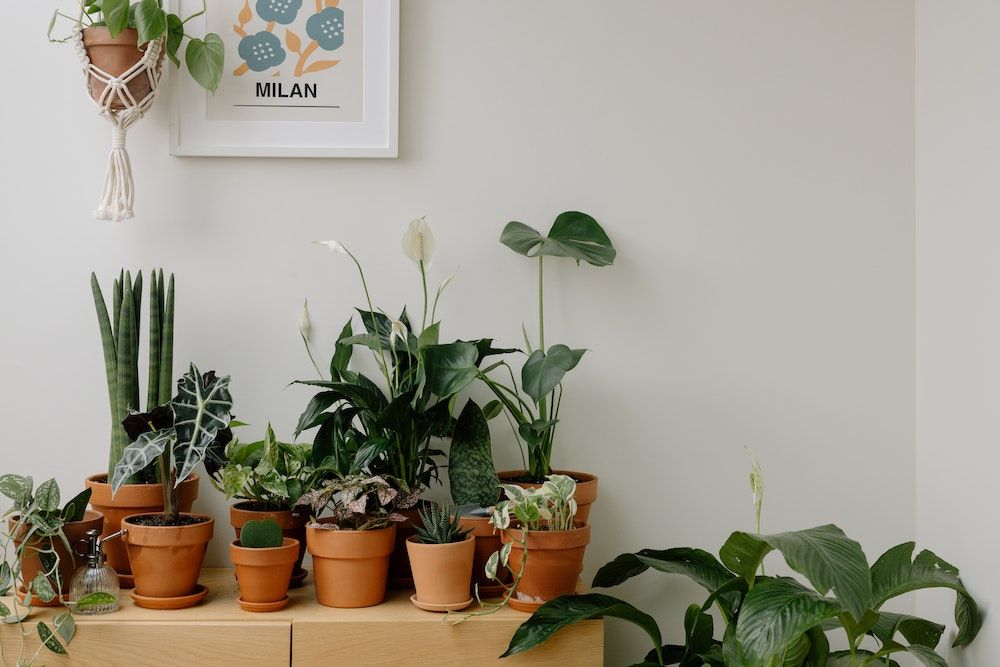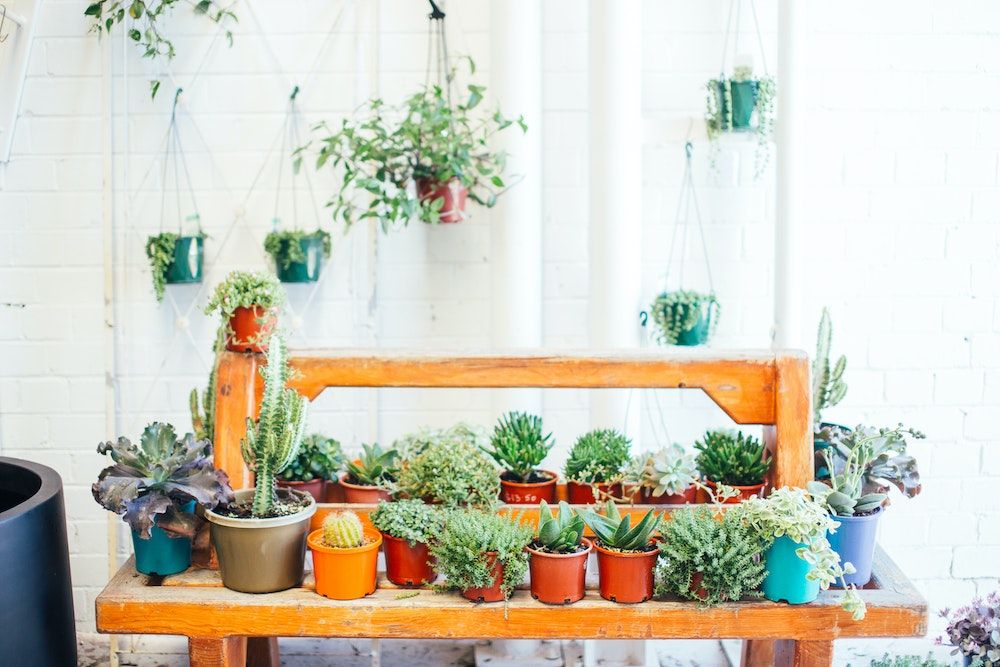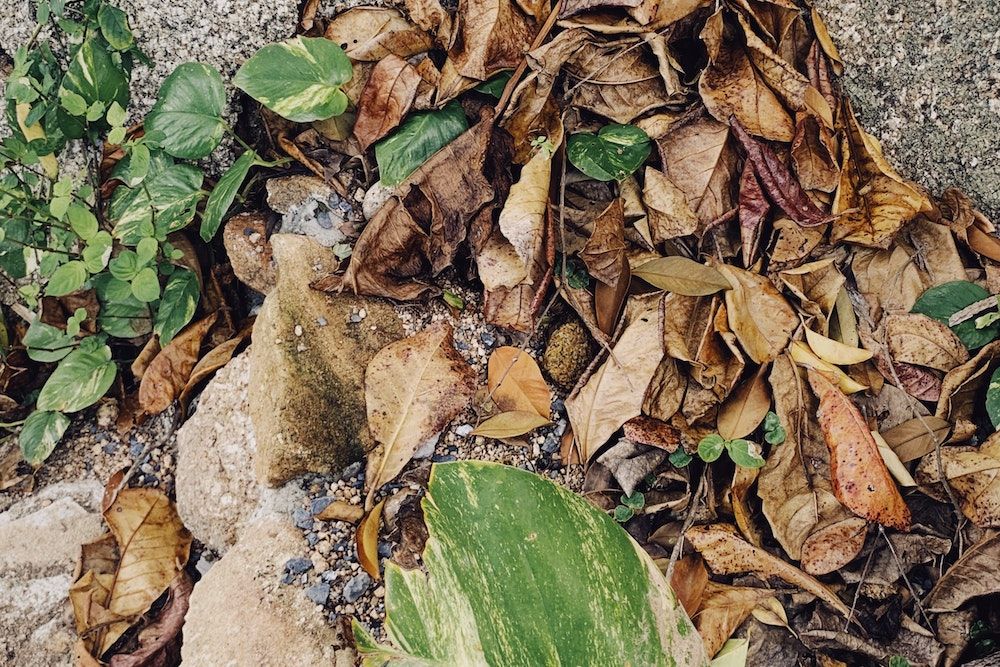Winter blues affecting your plants? It's no secret that the cold season is tough for plants. Even though you might be making a new care schedule for the winter you still need to water them. Houseplants absorb moisture from the soil to grow and thrive so don't let winter freeze out your green friends.
Since most houseplants will enter a state of dormancy for the winter, less water is usually needed, but don't go anywhere! It’s true the days are short, and the weather is cold, making it challenging to keep your plants healthy but, there is no one-size-fits-all answer. Save your green friends with these helpful tips and keep them cozy through the chilly months.
Give Your Plants Adequate H2O
Watering your houseplants in winter can be a tricky business. If you underwater them, they start to wilt and may eventually die. On the contrary, if you overwater them, their roots will rot, and they can also die. So, how can you find the middle point?
Knowing about your certain environments and other common factors will help you greatly understand the watering needs of your houseplants in winter.
1. Light Levels
Image credits: Huy Phan via Pexels
When it comes to watering your plants come winter, generally, less water is needed. Some plants, like many tropical varieties, will enter a state of dormancy when they aren't actively growing. But, if one of your plants requires bright light, subsequently they'll need more water.
Plants that are dormant in the winter don't need nearly as much water as they do during the summer months. Overwatering them can actually be harmful, leading to issues such as root rot. Because of their characteristic water-storage abilities, succulent plants like the Christmas cactus, need very little watering in the winter; only every two to three weeks is necessary. Snake plants are similar, you can water them once a month or less come winter.
If you have a humidifier, not that your plants might need even less water -- More on that later on.
2. Temperature Levels
Image credits: Huy Phan via Pexels
The home's temperature can significantly impact how often one needs to water their plants. In general, plants are likely to lose more water through their leaves if the air around them is warmer.
Many houseplants originate from tropical places with high humidity, like birds of paradise and pothos. By placing a humidifier in the same room as your plants, you can increase the humidity levels, which tend to drop during winter.
Plants prefer warmer conditions during the day, around 65 to 75 degrees Fahrenheit and cooler conditions at night, 55 to 65 degrees Fahrenheit.
Note that if you keep your house especially warm in the winter, maybe you have a roaring fireplace, you'll need to keep your plants in mind. Water them more often to prevent them from drying out and remember to do research on your specific plant varieties to find out their needs. It's all about the environment you provide!
3. Humidity Levels
Image credits: Cottonbro Studio via Pexels
Humidity levels play an important role while watering houseplants. In general, plants need less water in high-humidity environments and more water in low-humidity environments.
The amount of moisture in the air is called relative humidity. When this percentage is below 20, it's classified as low. If it's between 40 to 50 percent, that means the humidity is medium, and anything above that is considered high. The proper humidity conditions for houseplants is a between 40 and 60 percent. Before setting your thermostat make sure you know what your specific plant requires from you.
In order to help your plants adjust to the lack of humidity in your home, there are some steps you can take.
- Keep your plants close together to create a smaller, more humid environment.
- Try a pebble tray
- A humidifier will help your plants by providing moisture in the air.
Consequences of Too Much Humidity
Too much of something is also a bad thing. If high humidity becomes a problem try a dehumidifier to remove moisture from the air.
- Brown and dry leaves
- Mold or Fungus
- Pests such as spider mites
External Factors
Although, there's more than just temperature and humidity when it comes to deciding how often to water your houseplants!
Aside from environmental factors, certain other external factors also play an important role when deciding the frequency of watering your plant babies.
1. Plant Type
Image credits: Cottonbro Studio via Pexels
As mentioned earlier, the frequency of watering your houseplants depends on multiple factors, including the type of plant.
Plants like succulents need less water during the winter because they are dormant and store water in their fleshy leaves. You should only water them when the soil is dry to the touch. Perennial conifers, however, continue to grow throughout the winter, so they will need to be watered more frequently. Where as tropical plants like anthuriums require moist soil, high temperatures, and humid climates.
This is why knowing what type of plant you have is pivotal.
2. Size Of Plant Pot
Image credits: Cottonbro Studio via Pexels
One important thing to consider when watering houseplants in winter is the size of the plant pot. Plants with larger pots will need more water because they have a greater amount of soil to dry out.
It's also important to remember that plants will grow more slowly in winter, so they will need less water overall. To avoid overwatering, it's best to err on the side of caution and check the soil before watering each time. As a general rule, stick your finger 2 to 3 inches into the soil -- if it's moist don't water.
3. Material Of The Plant Pot
Image credits: Rachel Claire via Pexels
The type of plant pot you use can greatly impact how often your plant needs to be watered. Plants in terracotta pots, for example, will generally need more water than those in plastic pots because terracotta pots are porous and provide excellent drainage. If you use a glazed pot, more water will be retained.
The watering frequency for your plants also depends on the type of potting medium used. For example, if there is sand in the soil, it will drain quicker than clay, and therefore, the plant will need to be watered more frequently.
Alarming Signs To Look Out For
Image credits: Alexey Demidov via Pexels
Now that you know the factors involved in determining watering frequency, here are some alarming signs you need to look out for and save your plants from water deprivation.
- Leaves wilting
- Flowers fading quickly
- Leaves falling off
- Brown edges
Pro Tip: Be aware that all these signs are also signals of overwatering. Make sure to write down the last time you watered your plants so you can get to the root of the problem.
Your Beloved Greens Will Survive The Chilly Months
Winter is a challenging time for houseplant watering schedules because of the fluctuating temperatures. The general rule of thumb is to water plants when the top inch of soil is dry. However, this may vary depending on the plant type, so always read the care instructions that come with your plants.
Although there is no definitive answer to this question, the above guidelines will help keep your plants healthy and thriving all season long.
How often do you water your houseplants in winter? Share in the comments.

